Order Lactobacillales Higher classification Lactobacillus | Scientific name Lactobacillus sakei Rank Species | |
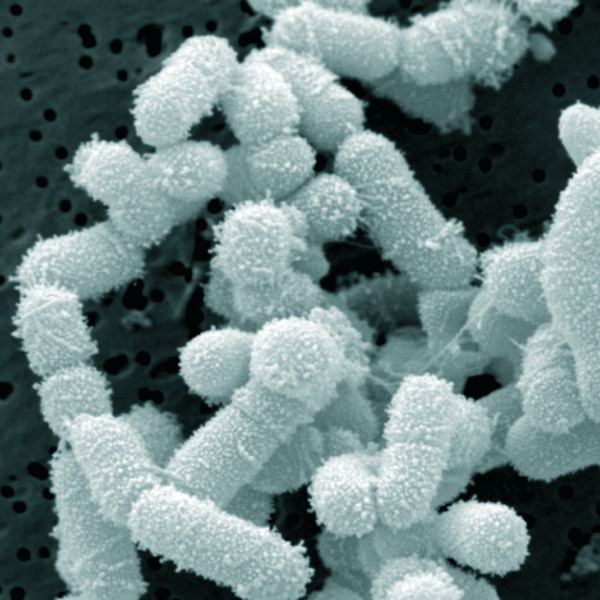 | ||
Similar Lactobacillus, Bacteria, Lactobacillales, Pediococcus, Lactobacillus plantarum | ||
Lactobacillus sakei is a bacterium species in the genus Lactobacillus. It is a facultatively heterofermentative Lactobacillus species (placed in Group II, with species able to produce either alcohol or lactic acid from sugars).
Contents
- Uses
- Bacteriocins production
- Exopolysaccharide biosynthesis
- Prevention
- Genetics
- Bacteriocin genes
- Other genes
- Plasmids
- Genome
- References
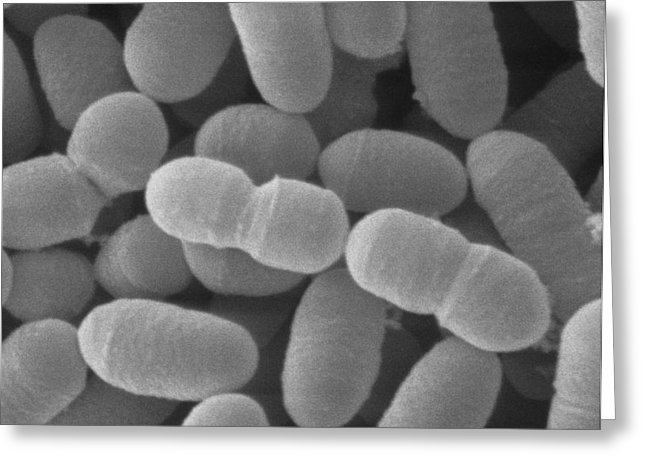
Uses
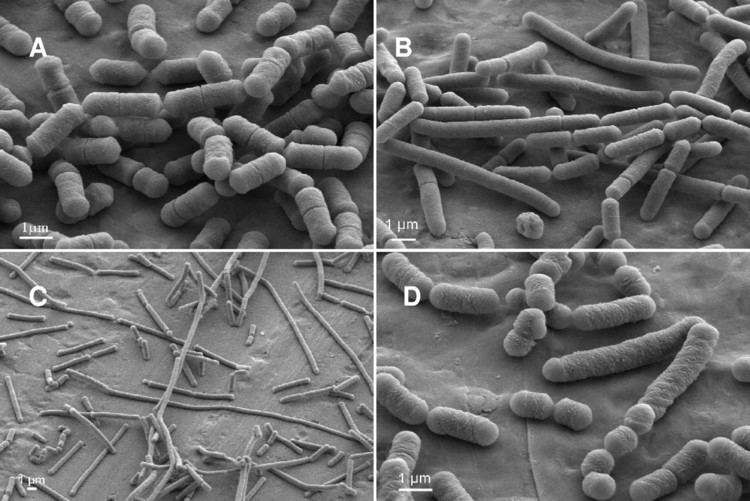
Antilisterial strains of L. sakei are used in Europe for the production of saucisson and can be used for the conservation of fresh meat.
Lactobacillus sakei strains isolated from traditional dry sausage have a potential use as starter cultures.
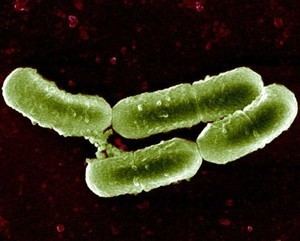
Inhibition of Listeria monocytogenes in chicken cold cuts can be obtained by addition of sakacin P and sakacin P-producing Lactobacillus sakei.
Strain 2a of the subspecies Lactobacillus sakei subsp. sakei can also be isolated from meat products.
New research suggests that L. sakei may play a role in maintaining healthy sinus cavities and preventing sinusitis.
Bacteriocins production
Sakacins are bacteriocins of class II produced by L. sakei.
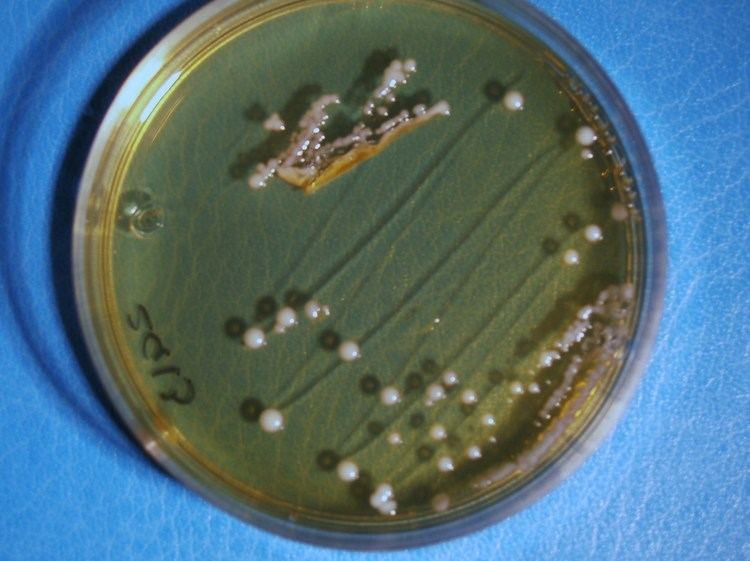
In strain CCUG 42687, their production is dependent on nutrients, temperature and pH. Using the same strain, sakacin P can be produced in a completely defined medium.
In strain CTC 494, the presence of salt and a curing agent (sodium chloride and sodium nitrite) reduces the production of the antilisterial bacteriocin sakacin K. Growth of CTC 494 is also dependent on nutrients availability.
Lactocin S is a bacteriocin produced by strain L45 of Lactobacillus sakei.
Exopolysaccharide biosynthesis
Strain 0–1 of Lactobacillus sakei produces exopolysaccharides.
Prevention
Eugenol is a chemical compound that can be used to reduce the presence of L. sakei as it disrupts its cellular membranes.
Genetics
Genetic diversity within Lactobacillus sakei can be assessed through the use of specifically designed PCR primers for detection using randomly amplified polymorphic DNA.
Bacteriocin genes
Bacteriocin genes are located either on chromosoms or on plasmids. Strain 5 produces a plasmid-encoded bacteriocin that is identical to sakacin P, as well as two chromosomally encoded bacteriocins, which were designated sakacin T and sakacin X.
LasX is a transcriptional regulator of the lactocin S biosynthetic genes in strain L45 of Lactobacillus sakei.
Other genes
In strain LTH677, a starter organism used in meat fermentation, there is an oxygen-dependent regulation of the expression of the catalase gene katA.
In strain LTH681, the stress operon dnaK has been characterized in 1999 as a heat shock protein gene.
There is only one gene (IdhL) responsible for the lactic fermentation.
Plasmids
A Theta-type plasmid has been characterized in Lactobacillus sakei in 2003. It is a potential basis for Low-Copy-Number vectors in Lactobacilli.
Vectors for inducible gene expression in Lactobacillus sakei can be constructed. The key elements of these vectors are a regulatable promoter involved in the production of the bacteriocins sakacin A and sakacin P and the genes encoding the cognate histidine protein kinase and response regulator that are necessary to activate this promoter upon induction by a peptide pheromone.
Genome
The genome of the meat-borne lactic acid bacterium Lactobacillus sakei 23K has been published in 2005.
It is composed of 1884661 nucleotides forming 1879 protein genes and 84 RNA genes.
